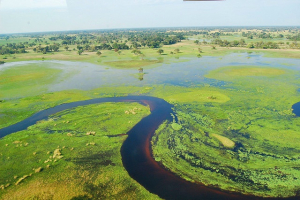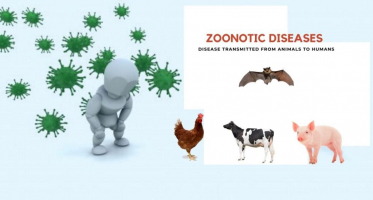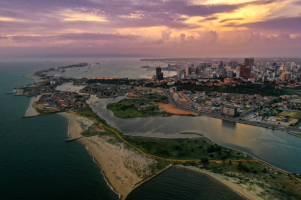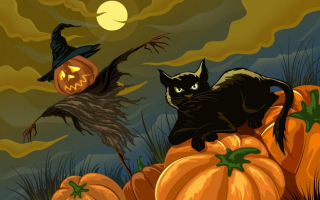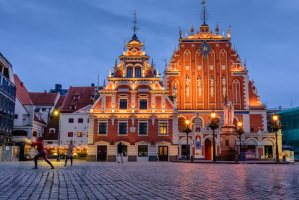Top 5 Things To Know About Thanksgiving
Thanksgiving is a federal holiday in the United States, and Thanksgiving 2022 will take place on Thursday, November 24. The Plymouth colonists and the ... read more...Wampanoag celebrated an autumn harvest feast in 1621, regarded as one of the first Thanksgiving celebrations in the colonies. Individual colonies and states have observed days of thanksgiving for over two centuries. President Abraham Lincoln did not proclaim a national Thanksgiving Day until 1863, in the midst of the Civil War. If you are curious about the holiday's history, our article includes things to know about Thanksgiving.
-
In September 1620, a small ship called the Mayflower set sail from Plymouth, England, carrying 102 passengers: a mix of religious separatists looking for a new home where they could freely practice their faith and others drawn by the promise of prosperity and land ownership in the "New World." They anchored near the tip of Cape Cod, far north of their intended destination at the mouth of the Hudson River, after a treacherous and uncomfortable 66-day journey. One month later, the Mayflower sailed across Massachusetts Bay, where the Pilgrims, as they are now known, set about establishing a village at Plymouth.
The majority of the colonists remained on the ship during that first, dreadful winter, where they endured exposure, scurvy, and outbreaks of infectious diseases. Only fifty percent of the original Mayflower passengers and crew saw their first New England spring. The last of the settlers arrived on the shore in March, where they were greeted by a member of the Abenaki tribe who spoke to them in English.
A few days later, he returned with Squanto, a Pawtuxet tribesman who had been captured by an English sea captain and sold into slavery before escaping to London and making an exploratory trip back to his native land. Squanto instructed the Pilgrims, who were weak from illness and malnutrition, on how to grow corn, gather maple tree sap, catch fish in the rivers, and stay away from poisonous plants. The Wampanoag, a local tribe, and the settlers also formed an alliance, which lasted for more than 50 years and tragically is still one of the only instances of peace between European colonists and Native Americans.
After the Pilgrims' first successful corn harvest in November 1621, Governor William Bradford organized a celebratory feast and invited a group of the fledgling colony's Native American allies, including Wampanoag chief Massasoit. The three-day festival is now remembered as America's "first Thanksgiving," though the Pilgrims may not have used the term at the time.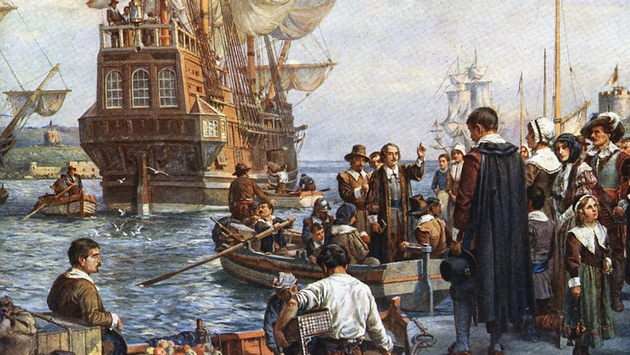
Pilgrimage to Plymouth: Finding the First Thanksgiving - TravelPulse 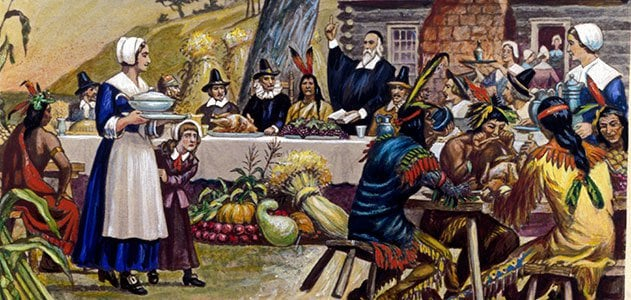
Smithsonian Magazine -
In order to commemorate the end of a protracted drought that had threatened the year's harvest and prompted Governor Bradford to order a religious fast, the Pilgrims held their second Thanksgiving celebration in 1623. Other New England settlements also adopted the custom of annual or sporadic days of fasting and thanksgiving.
The Continental Congress established one or more days of thanksgiving each year during the American Revolution, and in 1789 George Washington issued the first Thanksgiving proclamation by the national government of the United States. In it, he urged people to express their gratitude for the successful ratification of the U.S. Constitution and the successful conclusion of the country's war of independence. During their presidencies, his successors John Adams and James Madison also established days of thanksgiving.
In 1817, New York became the first of several states to formally adopt an annual Thanksgiving holiday; however, each state observed the holiday on a different day, and the American South remained largely unfamiliar with the custom.Sarah Josepha Hale, the noted magazine editor and prolific writer who wrote the nursery rhyme "Mary Had a Little Lamb" among many other things, launched a campaign in 1827 to establish Thanksgiving as a national holiday. For 36 years, she wrote editorials and wrote letters to governors, senators, presidents, and other politicians, earning her the moniker "Mother of Thanksgiving."
At the height of the Civil War, in 1863, Abraham Lincoln finally complied with her request by urging all Americans to pray to God in order to "heal the wounds of the nation" and to "commend to his tender care all those who have become widows, orphans, mourners or sufferers in the lamentable civil strife." Thanksgiving was observed every year on the last Thursday in November as he had planned until 1939 when Franklin D. Roosevelt moved the holiday up a week in an effort to boost retail sales amid the Great Depression. After fierce opposition to Roosevelt's plan, which was mockingly dubbed Franksgiving, the president reluctantly agreed to sign legislation making Thanksgiving fall on the fourth Thursday of November in 1941.
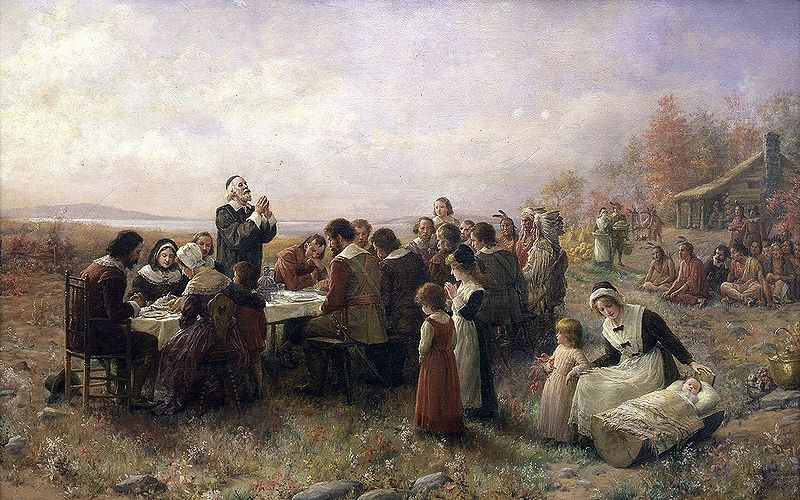
Wikipedia 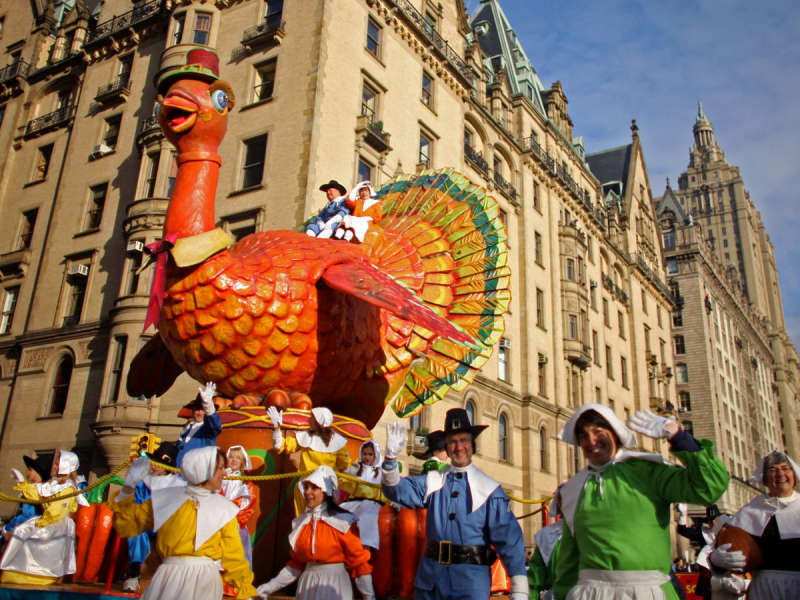
1:00 www.history.com -
Thanksgiving has lost much of its original religious significance in many American households; instead, it now focuses on cooking and sharing a plentiful meal with family and friends. Turkey, a Thanksgiving staple that has almost become synonymous with the holiday, may or may not have been available when the Pilgrims hosted the first feast in 1621.
According to the National Turkey Federation, nearly 90% of Americans now eat the bird on Thanksgiving, whether roasted, baked, or deep-fried. Stuffing, mashed potatoes, cranberry sauce, and pumpkin pie are also traditional dishes. Volunteering is a popular Thanksgiving Day activity, and communities frequently hold food drives and free dinners for those in need.
Parades have also become an important part of the holiday in cities and towns across America. Since 1924, Macy's department store has presented New York City's Thanksgiving Day parade, which draws 2 to 3 million spectators along its 2.5-mile route and a massive television audience. Marching bands, performers, elaborate floats depicting various celebrities, and giant balloons shaped like cartoon characters are typical.
Since the mid-twentieth century, and possibly earlier, the president of the United States has "pardoned" one or two Thanksgiving turkeys each year, saving the birds from slaughter and sending them to a farm for retirement. A number of U.S. governors also participate in the annual turkey pardoning ceremony.
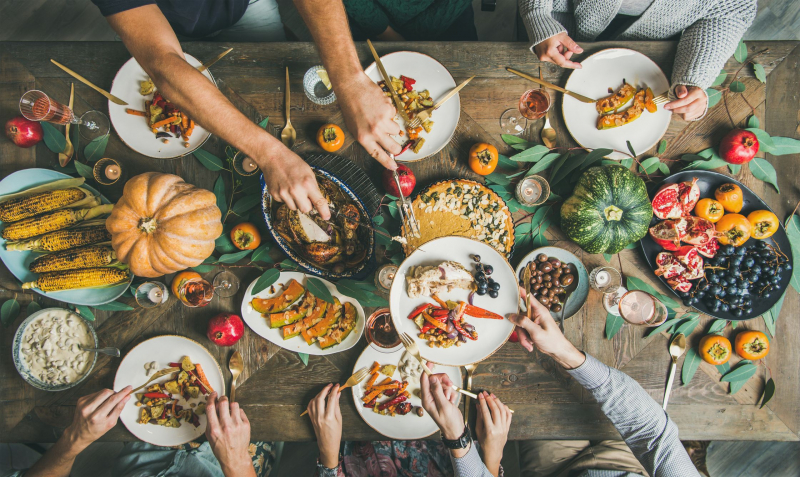
Town & Country Magazine 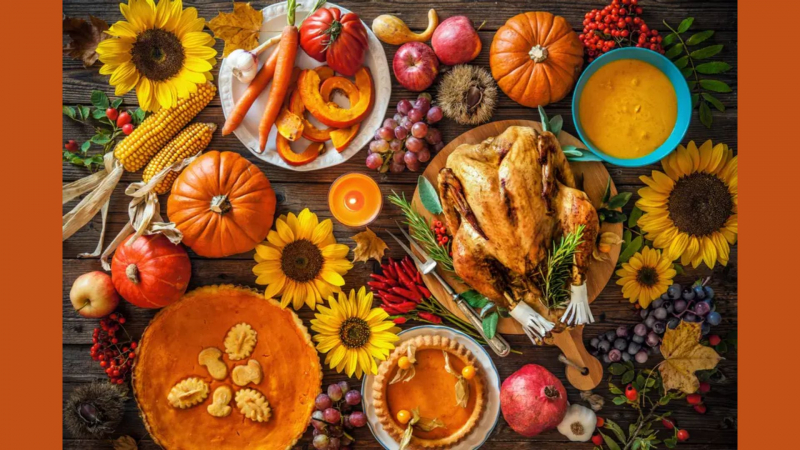
Engoo -
The origins of Thanksgiving in America can be found on the other side of the Atlantic, despite the fact that the holiday originated in the New England colonies. Days of fasting during trying or crucial times, and days of feasting and celebration to give thanks to God in times of plenty, were traditions of providential holidays that were brought over by both the Separatists who came over on the Mayflower and the Puritans who arrived shortly after.
Furthermore, Thanksgiving belongs to a category of festivals that spans cultures, continents, and millennia as an annual celebration of the harvest and its bounty. After the fall harvest, the ancient Egyptians, Greeks, and Romans feasted and offered sacrifices to their gods. The ancient Jewish harvest festival of Sukkot and Thanksgiving are similar. Finally, historians have noted that long before Europeans stepped foot on American soil, Native Americans had a rich tradition of celebrating the fall harvest with feasting and revelry.
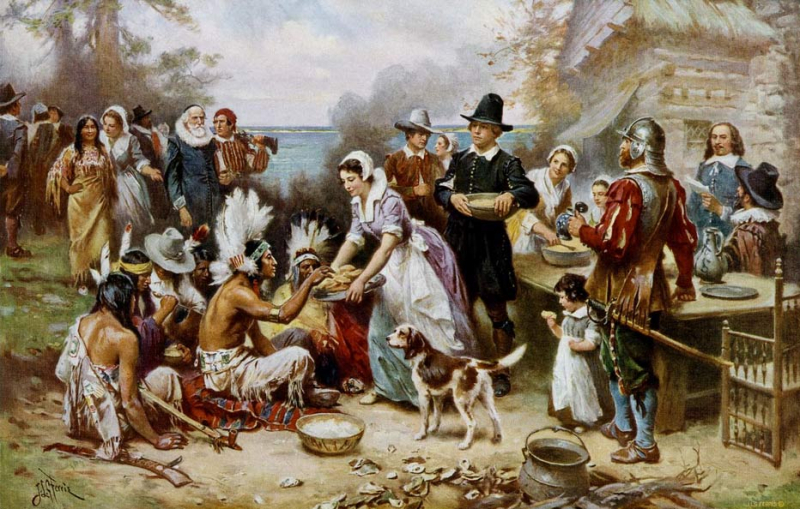
Ancient Origins 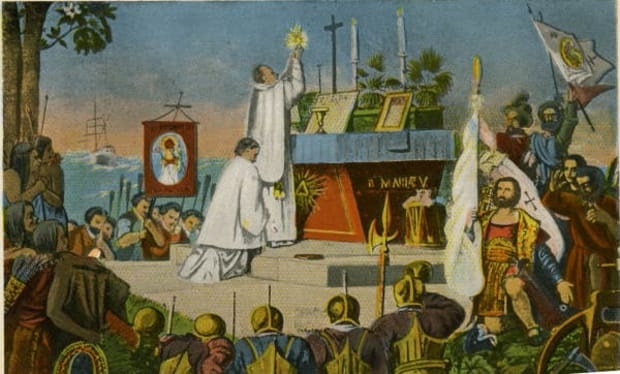
www.history.com -
Traditional Thanksgiving decorations are associated with autumn and the harvest. Fall leaves, pine cones, small pumpkins, and other gourds can be used to decorate your home, fireplace mantel, or dining table. You can also add a splash of color to your home by decorating your door with a beautiful Thanksgiving wreath or growing a vibrant Thanksgiving cactus. Give children construction paper, scissors, and markers to make autumnal place cards for the table, DIY Thanksgiving decorations, or other crafty ideas.
Alternatively, go all out with a true Thanksgiving classic: a cornucopia centerpiece that celebrates nature's bounty. A folding table is a great choice for ensuring everyone has Thanksgiving table space if you need a quality table to decorate and accommodate guests while hosting Thanksgiving. Don't forget to include Thanksgiving place cards to round out your holiday table.
It's also worth noting that some Americans, similar to Christmas trees, choose to put up Thanksgiving trees on Thanksgiving Day.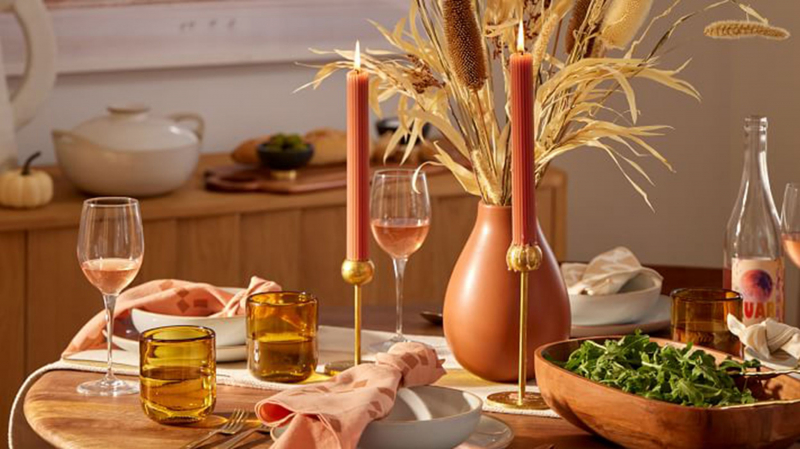
CNN 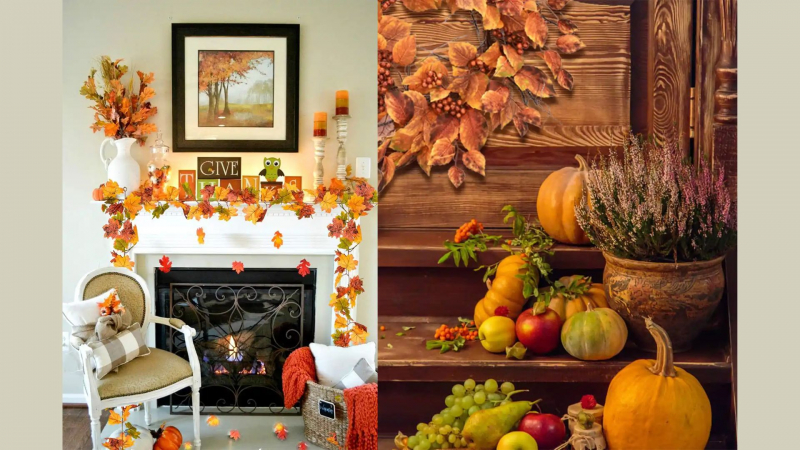
Us Weekly








